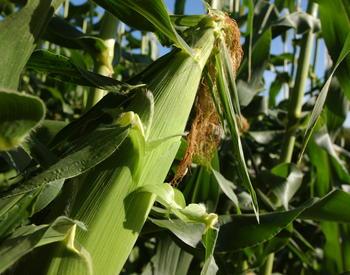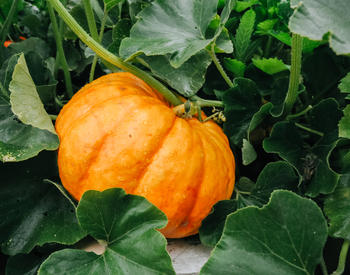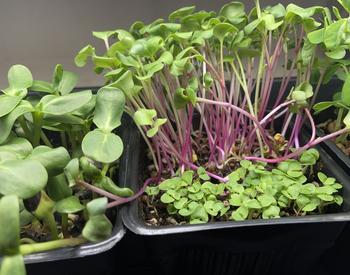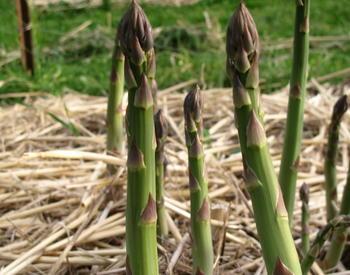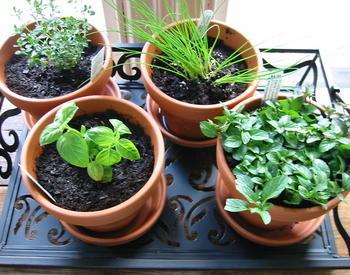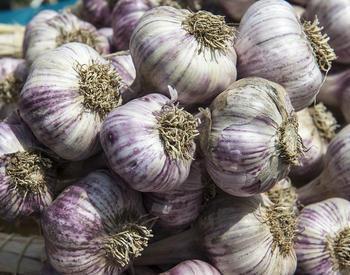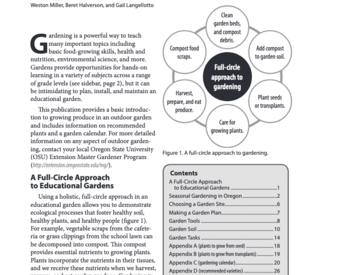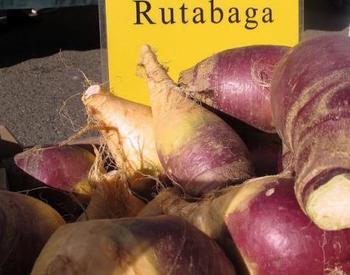Tomatoes are the most popular of all vegetables grown by home gardeners. About three-quarters of the veggie-growing public include tomatoes in their homegrown lineup. There’s no doubt that people prefer the flavor and freshness of tomatoes from the garden compared to those that must travel long distances, requiring harvest before peak ripeness.
Though popular, growing tomatoes can be a perplexing proposition for home gardeners. Here's a look at five maladies that can affect a home tomato crop.
Blossom end rot
One of the most common of all tomato disorders, blossom end rot is the result of the plant not accessing calcium properly. To be clear, that’s inadequate access to calcium — not necessarily a lack of calcium.
Several factors can make calcium unavailable to the plant, even when in the soil. These include very high or very low soil pH, and large differences between daily high temperatures and nightly lows. Night lows below 55oF can drastically reduce calcium uptake, especially when watering the plants occurs late in the day. The low night temps and their effect on calcium uptake is a major contributor to blossom end rot in parts of Oregon. Try watering early in the day or keeping tomatoes in wheeled containers that can be moved inside at night to keep the plants warmer. Fruit sprays do not correct calcium deficiency.
Blossom drop
A survival mechanism that also occurs in peppers and many fruit trees, tomatoes will abort blossoms in times of stress. Since tomato fruit are the result of pollinated blossoms, aborted blossoms mean no or fewer fruit. Blossom drop can happen when night temps drop below 55oF, when day temps exceed 95oF or during drought conditions.
Failure to ripen
Warm temperatures and sunshine are needed for good tomato ripening. Short growing seasons in parts of Oregon mean that fall is often approaching by the time some of us have fruit near ripening. As days shorten drastically and night temperatures dip, ripening can be much delayed. If a plant is heavy with lots of unripe fruit, sometimes removing some fruit for indoor ripening can be helpful to the plant, which may lack the vigor to ripen so many fruits at once. Plants should not be fertilized to induce ripening — plants will actually ripen faster if fertilizer is withheld.
Catfacing
Lumpy, bumpy fruit with small brown dots, strange swellings and disfigurement is “catfaced.” The strange fruit shapes associated with catfacing are due to the feeding of particular insects like squash bugs and stinkbugs, which insert mouthparts like needles into the fruit and draw out juices. Each place where the mouthparts are inserted, the plant may have a reaction, leading to misshapen fruit as the cells expand around the insertion spot. Too much feeding by these insects leads to unattractive, unappealing fruit with undesirable texture.
Vivipary
Meaning “live birth,” this phenomena is when the seeds of the tomato sprout while still inside the fruit! Occasionally, this happens in other fruit, but is most common in tomatoes. It can be quite a shock to slice open a seemingly ripe tomato to find dozens of tiny plants inside, but this is not a disease, just a biological quirk. Vivipary may be associated with too much nitrogen, another reason to cut down on fertilizing as fruit are ripening. It is also more common in some tomato varieties than others.
Given the investment of time and patience it takes to grow tomatoes in parts of Oregon, season extension techniques are often worthwhile to protect the investment. The chances of getting a tomato plant to maturity and fruit almost ripe only to have them ruined by a freeze, is one possibility. More likely, cool nights will lead to problems that are less obviously connected to temperature but still result in few ripened fruit. Keeping plants warm (including roots) and watering early in the day can help.



